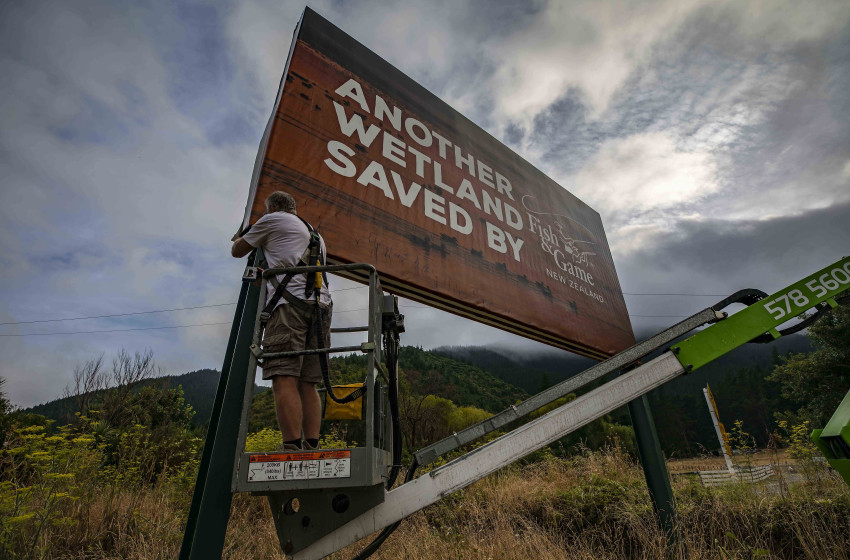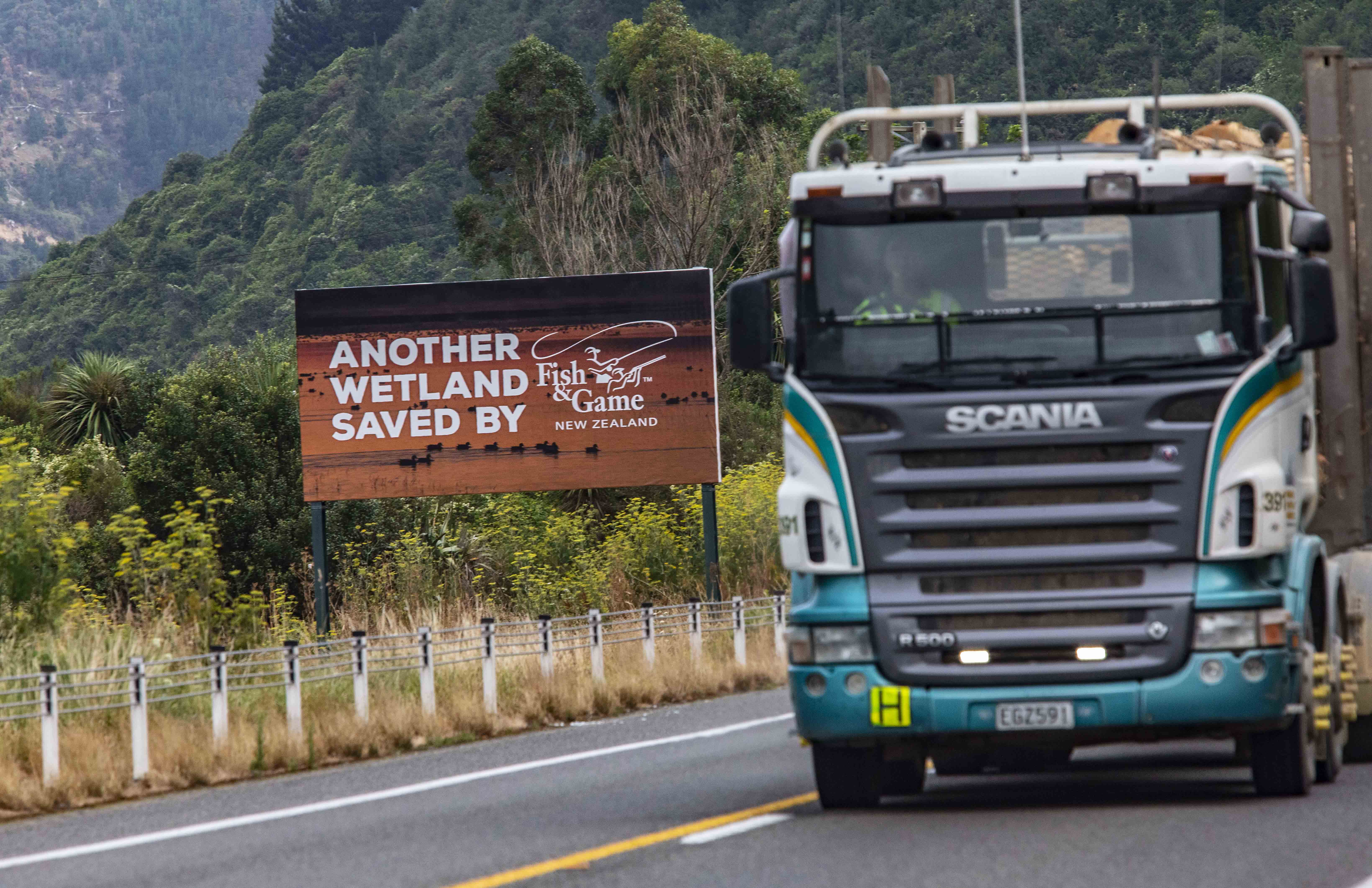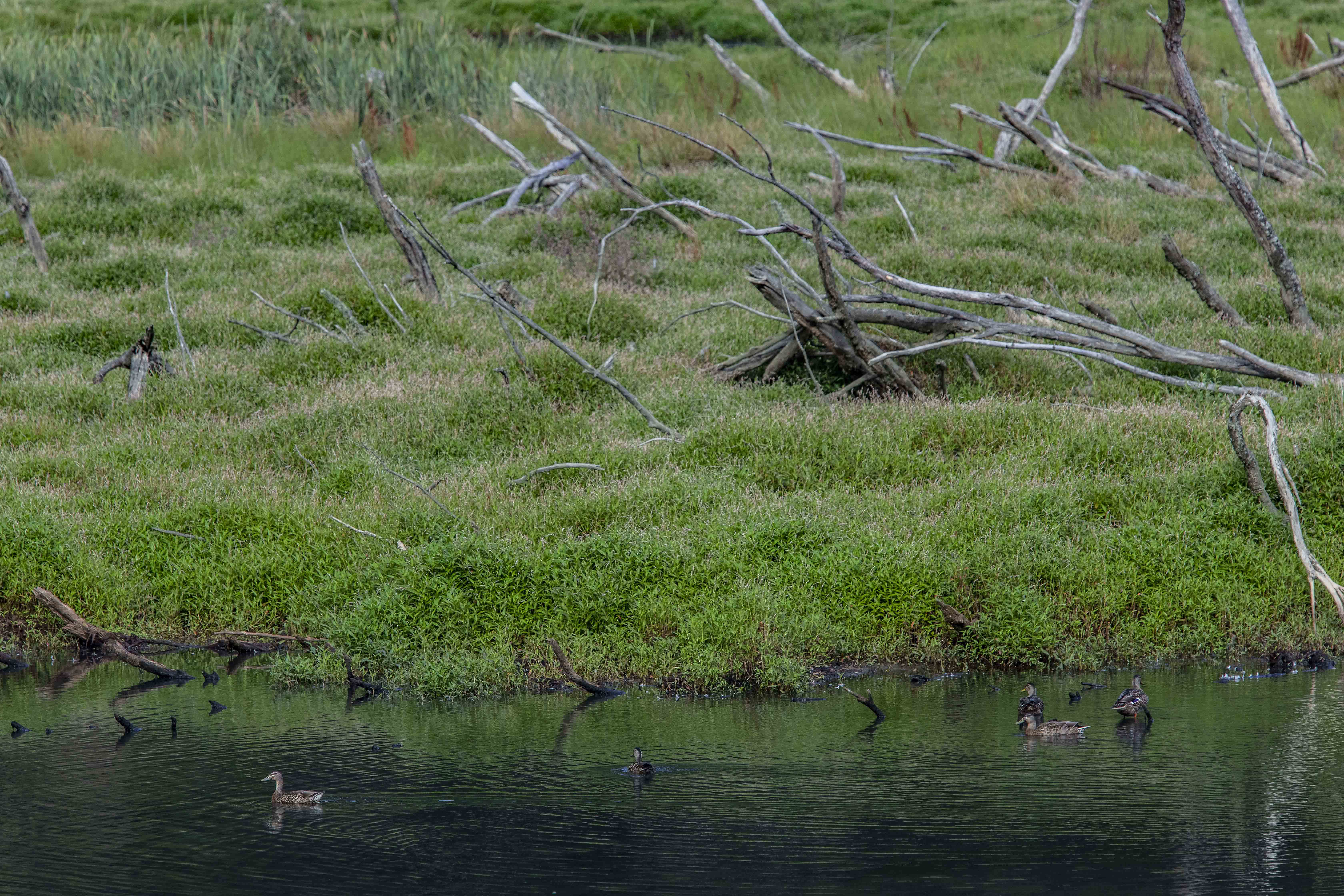Hunters Score Conservation Win With Marlborough Wetland Restoration
- 31/01/2019
- Richie Cosgrove

The contribution hunters have made to saving and restoring Marlborough’s largest surviving lowland freshwater wetland is being highlighted to mark 2019 World Wetlands Day.
World Wetlands Day is celebrated around the globe on February 2 to mark the 1971 signing of the Convention on Wetlands – the Ramsar Convention.
The theme of this year’s celebrations is “wetlands and climate change”, chosen to raise public awareness about the continuing threat to wetlands and encourage action to stop it.
The issue is particularly relevant in Marlborough and Nelson, which have lost more than 97 percent of their original lowland freshwater wetlands to drainage and development.

Thousands of vehicles each day pass the Para Wetland
Marlborough’s largest remaining lowland freshwater wetland is now the Para Wetland. It sits alongside the main road between the Picton ferry terminal and Blenheim and is visible to hundreds of thousands of tourists every year.
A new billboard has been erected beside the Para for World Wetlands Day. It reads “Another Wetland saved By Fish & Game” and highlights the financial and physical commitment game bird hunters have made to protecting such important habitat.
Fish & Game’s Marlborough field officer Vaughan Lynn says saving the Para Wetland has been a major project.
“Over the years, willow trees had choked the Para, destroying its value as habitat for plant, fish and bird life. We had to get rid of the willows and as they disappear, the wetland’s conservation value and habitat have improved markedly,” Mr Lynn says.
The project has enjoyed the support of Marlborough winemaker Pernod Ricard, Department of Conservation, Community Environment Fund, Marlborough District Council, Conservation Volunteers New Zealand and others.
However, Nelson-Marlborough Fish & Game manager Rhys Barrier points out it is hunters have footed much of the restoration cost.

As the wetland regenerates more and more species are making their homes there
“The bulk of the project has been funded by game bird hunters through Fish & Game and the Game Bird Habitat Trust,” Mr Barrier says.
“Every game bird licence sold has to have a game bird habitat stamp on it and the money from those stamp sales goes toward restoring wetlands around the country.
“It is a great example of hunters saving important habitat and achieving conservation benefits for everyone.”
While it is compulsory for all game bird hunters to purchase the habitat stamps, any conservation-minded New Zealander can also buy one.
Rhys Barrier says the stamps are a practical way to help protect the environment.
“Native birds, fish and plants all benefit from the money raised from the habitat stamp sales. Last year alone, we distributed tens of thousands of dollars towards protecting, creating and enhancing habitat thanks to the revenue we earned from stamp sales.”
“In the Para Wetland, that money has helped pay for clearing willows, opening channels and planting thousands of native trees.
“The results of that commitment is now visible to Marlborough locals and thousands of tourists getting on and off the ferry,” Rhys Barrier says.
The habitat stamp is produced by NZ Post for Fish & Game and can be bought online at https://stamps.nzpost.co.nz/shop/other-products/game-bird-habitat-collection